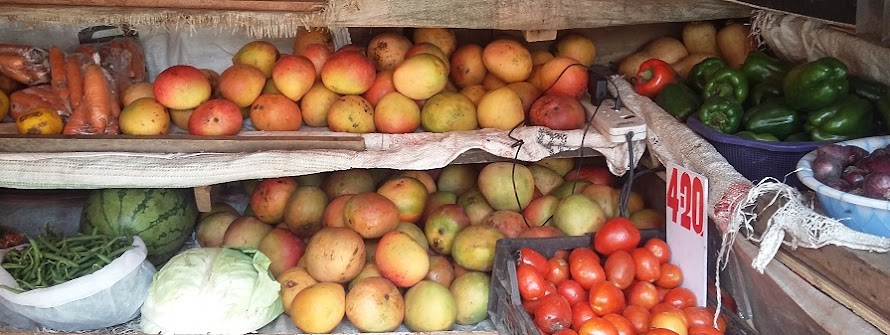Livestock farming is one of the ventures that has been hyped
as a gateway to financial freedom. The story of Opicho illustrates the odds
that face ordinary Kenyans that are considering this gateway.
Opicho is a night guard with one of the many security
companies in Kenya. He is stationed outside one of the supermarkets in the CBD.
He is old and frail, many are the times that he is caught dozing on the cold
pavement. He earns about 9000 Kenya shillings a month; roughly 100 USD a month.
A hundred dollars a month can not afford Opicho three meals a day; he eats once , at 2pm before he can start the long trek to work. He lives in the Kibera slums, which is about 7 kilometers from his place of work. Taking public transport to and from his place of work will take away a quarter of his salary. Given that another quarter of his salary goes to rent, he has to walk to work, for him to remain with some change for his family. He can’t afford to live with his family in Nairobi, his family lives in upcountry where they own an 8th of an acre of land.
A hundred dollars a month can not afford Opicho three meals a day; he eats once , at 2pm before he can start the long trek to work. He lives in the Kibera slums, which is about 7 kilometers from his place of work. Taking public transport to and from his place of work will take away a quarter of his salary. Given that another quarter of his salary goes to rent, he has to walk to work, for him to remain with some change for his family. He can’t afford to live with his family in Nairobi, his family lives in upcountry where they own an 8th of an acre of land.
On the 1/8 of an acre piece of land that Opicho owns back
home, his wife cultivates maize and beans. This gives them three sacks of maize
every harvest; each sack weighs 90kgs. The best prize that one can get for a
90kg bag of maize this days is 3000 Kenya shillings. There are two harvest seasons in a year in the
region that Opicho farms, so in the best year Opicho gets about 18000 Kenya
shillings from maize. Beans gives him about 9000 Kenya shillings a year in the
best year. So the annual income from crop farming for Opicho is about 27000 Kenya
shillings, equivalent to three months’ work at his security guard Job. Now you
understand why Opicho is still a security guard with the Kaa-Chonjo security
firm in Nairobi. It pays better than small scale farming in rural Kenya.
Can the odds change
for Opicho if he abandoned crop farming for Livestock farming? Let’s find out!
Let’s say that Opicho decides to keep two dairy cows, what
is the initial investment that he needs to put up? Opicho won’t go for pure
breed Friesian cows that go for two
hundred thousand Kenya shillings a cow, he probably will go for a cross bread
that goes for forty thousand Kenya shillings. He would need a stable for the
cows, with 20 000 KES he can make a decent spacious structure. He may spend
another 10 000 KES for vaccinations, markings, and other miscellaneous costs.
What would be the
recurrent costs of keeping the two cows?
Two thousand Kenya shillings a month for a part time Shamba
Boy who would look after the cows. In rural Kenya 1000 KES a month will suffice
for a month’s fodder for two dairy cows.
So with 120, 000 Kenya shillings, Opicho could start. How
can Opicho raise this Capital? An unsecured loan from a bank. He can repay this
in three years if he can sacrifice to repay about 3000kes a month. A
cooperative saving society would give him a better rate on interest.
What will Opicho
expect to earn from his livestock?
On average Friesian cross breads would give about 2300kgs of
milk in one lactating period. A lactating period is about a year and the cow
stays for another year before calving again.
Dairy companies purchase milk at a rate of 35kes per kg. A
yield of 2300kgs will give about 80500kes. Take out the costs and Opicho would
remain with about 40 000 Kenya shillings from one cow in one lactating season.
Add 30 000 Kenya shillings to this; the prize of a two year old calf.
In conclusion small scale livestock farming may not make you
an overnight millionaire, but it gives a better yield than small scale
cultivation of maize and beans.

No comments:
Post a Comment
Note: only a member of this blog may post a comment.